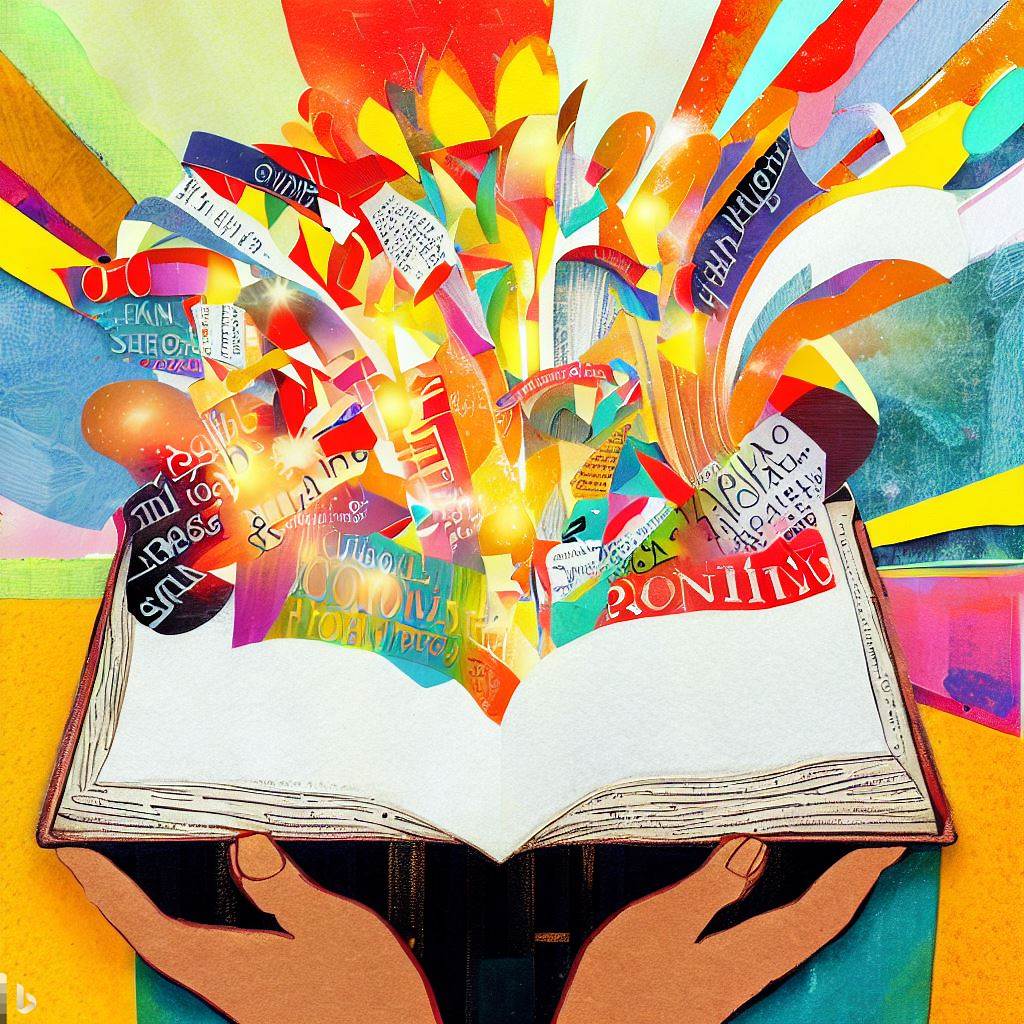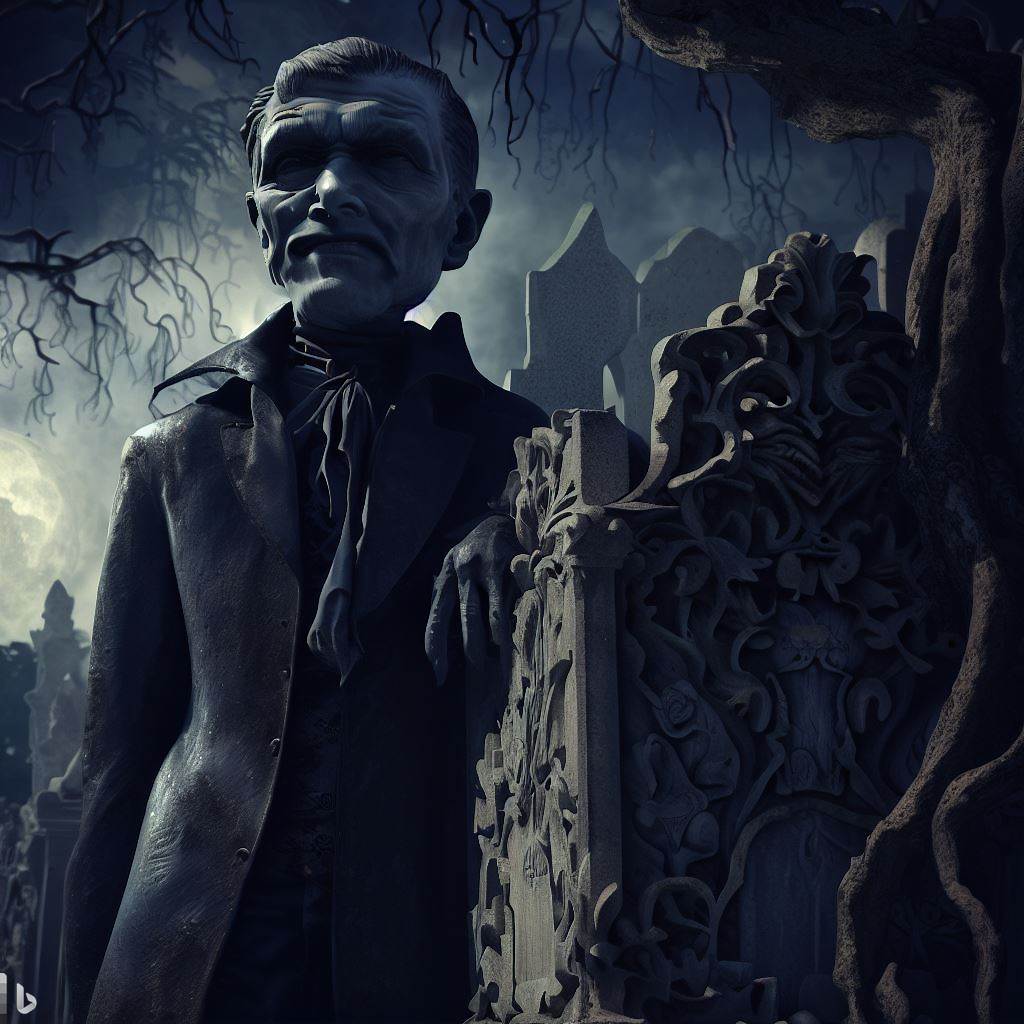
Do you crave intellectual stimulation and desire to challenge your beliefs? If so, non-fiction books are a treasure trove of insights, revelations, and inspiration. In this article, we present ten thought-provoking non-fiction books that will expand your mind and ignite your curiosity.
The Power of Non-Fiction Books
Non-fiction books allow you to delve deep into the human experience, explore new ideas, and gain a greater understanding of the world. They have the power to change your perspective and alter the way you approach life.
Non-fiction books can also provide valuable life lessons and insights that you can apply to your own life. They can inspire you to take action toward achieving your goals, help you become a more informed citizen, and even give you a better understanding of yourself. With non-fiction books, you have the opportunity to learn from experts in a variety of fields, from business and finance to science and history. Whether you’re looking to improve a specific skill or simply expand your knowledge, there is a non-fiction book out there that can help you achieve your goals. So, next time you’re at the bookstore or browsing online, consider picking up a non-fiction book and see how it can impact your life.
Selection Criteria for This List
In compiling this list, we considered three main factors to ensure that these books are truly thought-provoking and worth your time:
A. Quality of Writing – The books on this list are well-written, engaging, and accessible to readers of all backgrounds.
B. Originality – We selected books that present unique ideas, challenge conventional wisdom, and offer fresh perspectives.
C. Impact on the Reader – Each of these books has the potential to inspire, provoke, and create a lasting impact on the reader.
The 10 Thought-Provoking Books
1. Sapiens: A Brief History of Humankind by Yuval Noah Harari
This captivating book explores the history of our species, from the emergence of Homo sapiens to the present day. Harari delves into the factors that have shaped human civilization and examine the ideas, beliefs, and institutions that have shaped our world.
2. The Power of Habit: Why We Do What We Do in Life and Business by Charles Duhigg
This groundbreaking book delves into the science of habit formation and explains how habits work in our lives, organizations, and societies. Duhigg offers practical insights and strategies for harnessing the power of habits to create lasting change.
3. Quiet: The Power of Introverts in a World That Can’t Stop Talking by Susan Cain
In this insightful book, Cain explores the unique strengths and contributions of introverts in a society that often undervalues their talents. She provides valuable insights into how introverts can thrive in a world dominated by extroverted ideals.
4. Freakonomics: A Rogue Economist Explores the Hidden Side of Everything by Steven D. Levitt and Stephen J. Dubner
This engaging book combines economics, sociology, and psychology to uncover the hidden patterns and connections in everyday life. Levitt and Dubner challenge conventional wisdom and reveal surprising insights into human behavior and decision-making.
5. Man’s Search for Meaning by Viktor E. Frankl
This powerful book chronicles Frankl’s experiences as a Holocaust survivor and introduces his theory of logotherapy. Frankl argues that finding meaning and purpose in life is the key to overcoming suffering and adversity.
6. Guns, Germs, and Steel: The Fates of Human Societies by Jared Diamond
In this Pulitzer Prize-winning book, Diamond examines the factors that have shaped the course of human history and explain why some societies have flourished while others have faltered. He offers a compelling argument for the role of geography, technology, and culture in shaping the destiny of human societies.
7. Thinking, Fast and Slow by Daniel Kahneman
Nobel Prize winner Daniel Kahneman explores the two systems that drive the way we think: System 1, which is fast, intuitive, and emotional; and System 2, which is slow, deliberate, and logical. This fascinating book offers a deep understanding of human decision-making and the biases that influence our choices.
8. The Sixth Extinction: An Unnatural History by Elizabeth Kolbert
In this gripping book, Kolbert investigates the current mass extinction event and its devastating impact on the planet’s biodiversity. She weaves together science, history, and personal anecdotes to create a compelling narrative about the human role in this unfolding crisis.
9. The Immortal Life of Henrietta Lacks by Rebecca Skloot
This captivating book tells the story of Henrietta Lacks, an African American woman whose cancer cells were taken without her knowledge and became one of the most important tools in modern medicine. Skloot explores the ethical issues surrounding medical research and the intersection of race, class, and science.
10. Outliers: The Story of Success by Malcolm Gladwell
Gladwell examines the factors that contribute to high levels of success, debunking the myth of the self-made individual. Through engaging stories and compelling research, he reveals the hidden factors that shape the achievements of exceptional individuals.
Conclusion
These ten thought-provoking books offer a wealth of knowledge, inspiration, and intellectual stimulation. They challenge conventional wisdom, provide new insights, and have the power to expand your mind. So, pick up one (or more) of these titles and embark on a journey of intellectual growth and self-discovery.
FAQs
1. Are these books suitable for beginners in non-fiction?
Yes, these books are accessible and engaging for readers of all backgrounds and levels of experience with non-fiction.
2. How should I choose which book to read first?
Consider your interests and choose a book that resonates with you. There is no specific order in which to read these books.
3. Can I find these books in audiobook format?
Yes, most of these books are available in audiobook format through popular platforms like Audible and Libro.fm.
4. Are these books appropriate for book clubs?
Definitely! These books offer ample material for thought-provoking discussions and are excellent choices for book clubs.
5. How can I explore more books like these?
Check out book recommendation lists, follow your favorite authors, and join online book communities to discover similar thought-provoking non-fiction titles.


